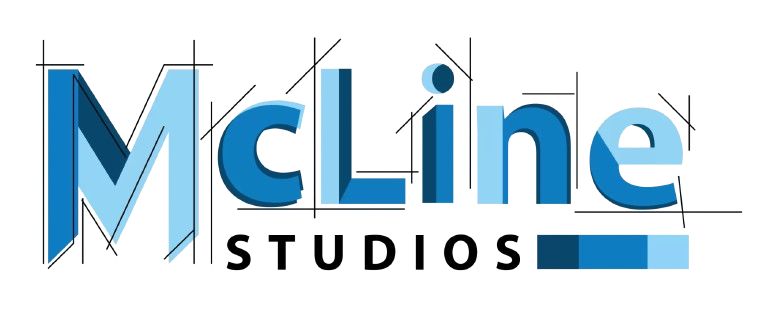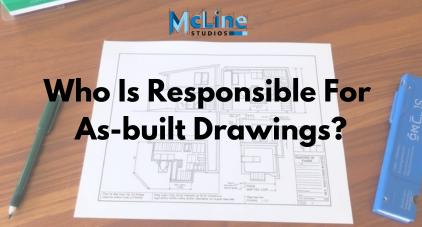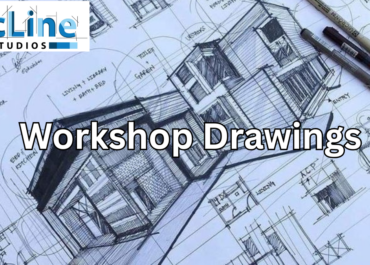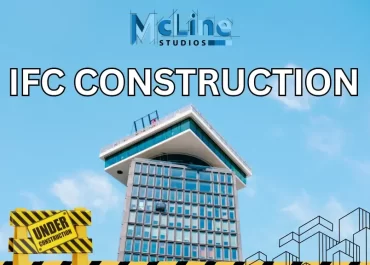As–built drawings provide an accurate record of the structure or building as it was actually built. These drawings mainly highlight the changes or modifications made during the construction process. But the real question is, who is responsible for creating these documents?
Generally, the contractors or subcontractors involved in the project are responsible for as-built drawings. They are expected to document any deviations from the original plans, such as changes in dimensions, materials, or designs.
These drawings are important for future maintenance, repairs, renovations, or property sales, as they show clearly what was built. However, in some cases, architects or engineers may also be responsible for overseeing or approving these drawings. In short, the responsibility depends on the specific contract and agreement between the parties involved in the project.
Let’s understand more about the As-built drawings.
Process Of Developing As-built Drawings
The process of developing As-built drawings involves carefully measuring and recording all aspects of the completed structure, often using advanced surveying techniques.
Initial Documentation
The process starts with collecting the original construction drawings that were approved at the start of the project. These drawings act as a baseline to track all the modifications throughout the construction process.
Site Inspections and Surveys
During the construction of the building, engineers, contractors, or sub-contractors conduct regular site inspections. These inspections record any deviations, alterations, or field changes that occur in the construction process. These deviations or changes may be due to site conditions, unforeseen obstacles, or client requirements.
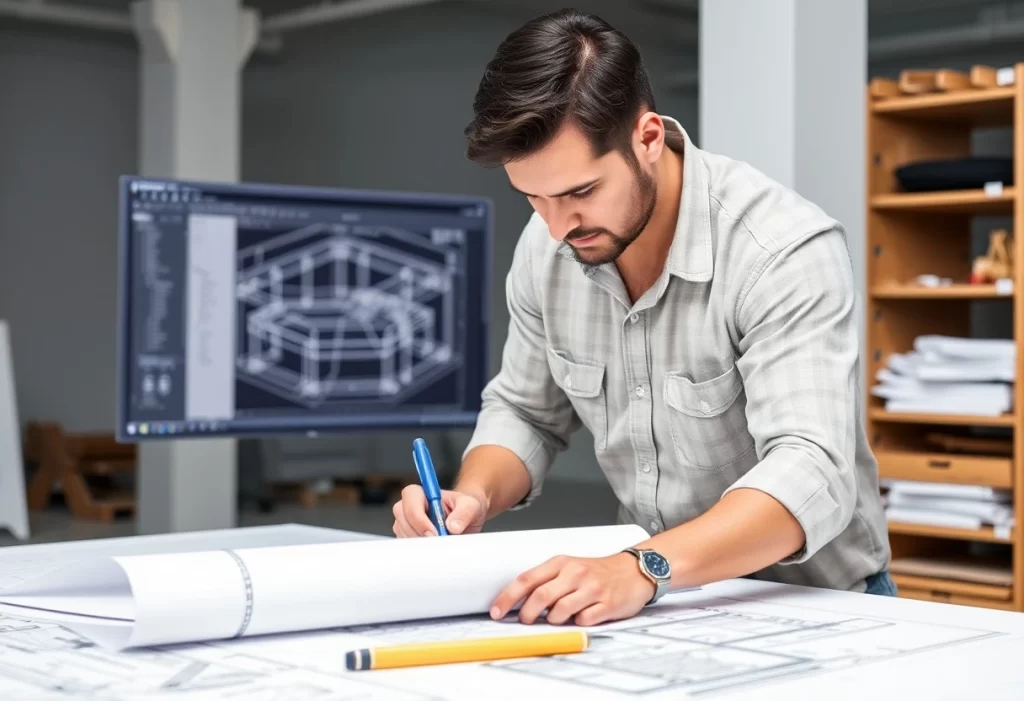
Record Changes
The real-time modifications or deviations are documented by marking up the original drawings with the different changes. Some of the changes may include:
- Shifts in the location of walls, windows, doors, or fixtures.
- Changes in materials or equipment.
- Adjustments to mechanical, electrical, or plumbing (MEP) systems.
- Any structural changes made to accommodate site conditions.
These changes are often documented through redlines or annotations on hard copies or digital files.
Collaboration and Verification
The contractors, sub-contractors, engineers, architects, and any other party involved in the process collaborate to verify the changes accurately reflect the completed structure. The sub-contractors provide the details of the specific systems or components they have installed.
This step is crucial because it is responsible for the precise documentation.
Final Drafting
All the marked-up drawings are then compiled into a clean and final set. Using CAD or BIM tools, all the changes are incorporated into updated and accurate drawings. The use of digital tools helps in precision and makes sure that the digital version of the as-built condition is available.
Reviews and Approvals
After the completion of all documentation, the completed drawing sets are reviewed by project managers, architects, owners, and all the other parties involved during the construction process. After the approval of these documents, they become the official record of the project. Finally, the drawings are handed over to the building owner for future reference.
Key Stakeholders Involved In As-built Drawings
Here’s a simple breakdown of the key stakeholders involved:
- Architects: Architects design the building at the beginning. When the construction is done, they help make sure that the as-built drawings reflect the changes that happened during the process.
- Engineers: Like architects, engineers (structural, electrical, or mechanical) check that their specific systems (such as wiring, plumbing, or structural elements) are accurately represented in the final drawings.
- Contractors: Contractors are responsible for the construction work. They record any changes made during the build (like adjustments to materials or layouts) and provide this information for the as-built drawings.
- Subcontractors: These are specialists who handle specific parts of the project, like plumbing or electrical work. They also note any changes they make and report them for inclusion in the as-built drawings.
- Project Owners: The owners of the project, such as the building’s developers or property managers, rely on as-built drawings for future maintenance, renovations, or selling the property. They need accurate drawings to know the true layout and features of the building.
- Facility Managers: Once the project is completed, facility managers use the as-built drawings to manage and maintain the building. These drawings help them know where systems are located and how to fix any issues that come up.
Best Practices For Managing As-built Drawings
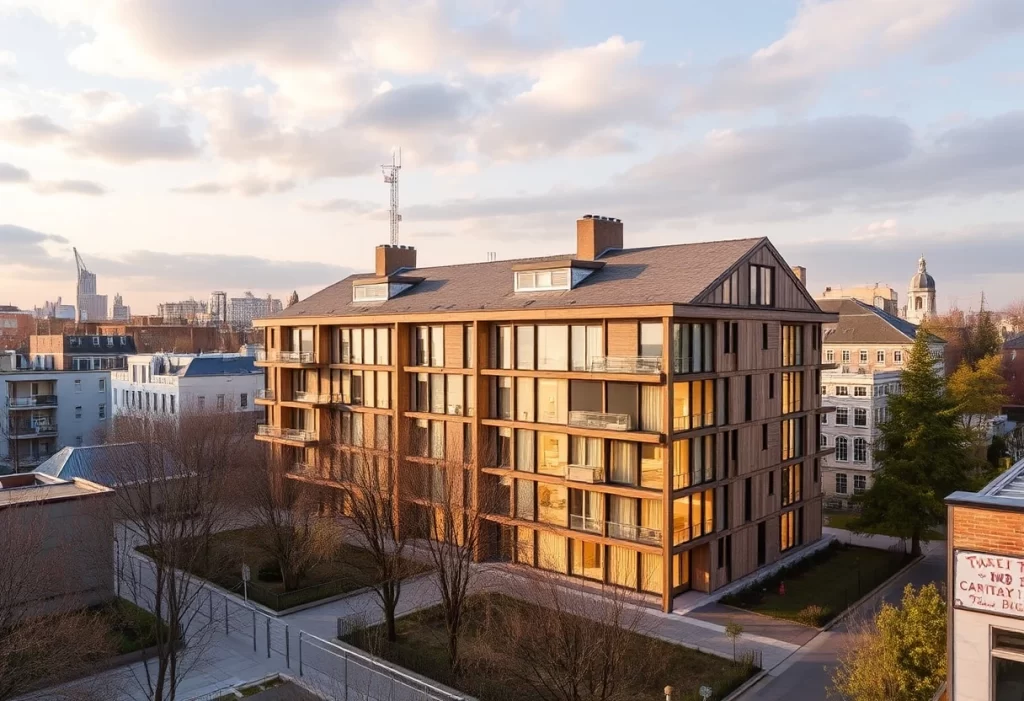
Managing as-built drawings is an important part of any construction or renovation project. Here are some best practices for managing as-built drawings:
- Keep detailed records during construction: Throughout the construction process, make sure that any changes to the original plans are recorded immediately. This helps prevent mistakes and makes it easier to update the drawings later.
- Use Clear Markups: When marking up the original drawings to reflect changes, use clear symbols, colors, and notes to show exactly what has been modified. This makes it easier for anyone reviewing the drawings to understand the changes.
- Regular Updates: Update the as-built drawings regularly, rather than waiting until the end of the project. Regular updates make sure that no changes are missed and help keep the drawings accurate.
- Organize and Store Properly: Once the project is complete, store the as-built drawings in a safe, accessible location. This could be a digital file storage system or a physical archive. Proper storage makes it easy to reference the drawings in the future for maintenance, renovations, or inspections.
The Final Thoughts
To sum it up, As-built drawings are important documents that accurately record the final stage of a construction project. While contractors and subcontractors are typically responsible for maintaining these drawings, the process involves collaboration among various stakeholders, including architects, engineers, and project owners.
The development of as-built drawings is a long process that includes initial documentation, site inspections, recording changes, verification, and final drafting. Best practices for managing these drawings include keeping detailed records, using clear markups, updating regularly, and proper organization and storage.
By following these practices and ensuring clear communication among all parties involved, construction teams can create accurate and valuable as-built drawings. These documents serve as essential references for future maintenance, renovations, and property management, making them indispensable assets in the construction industry.
